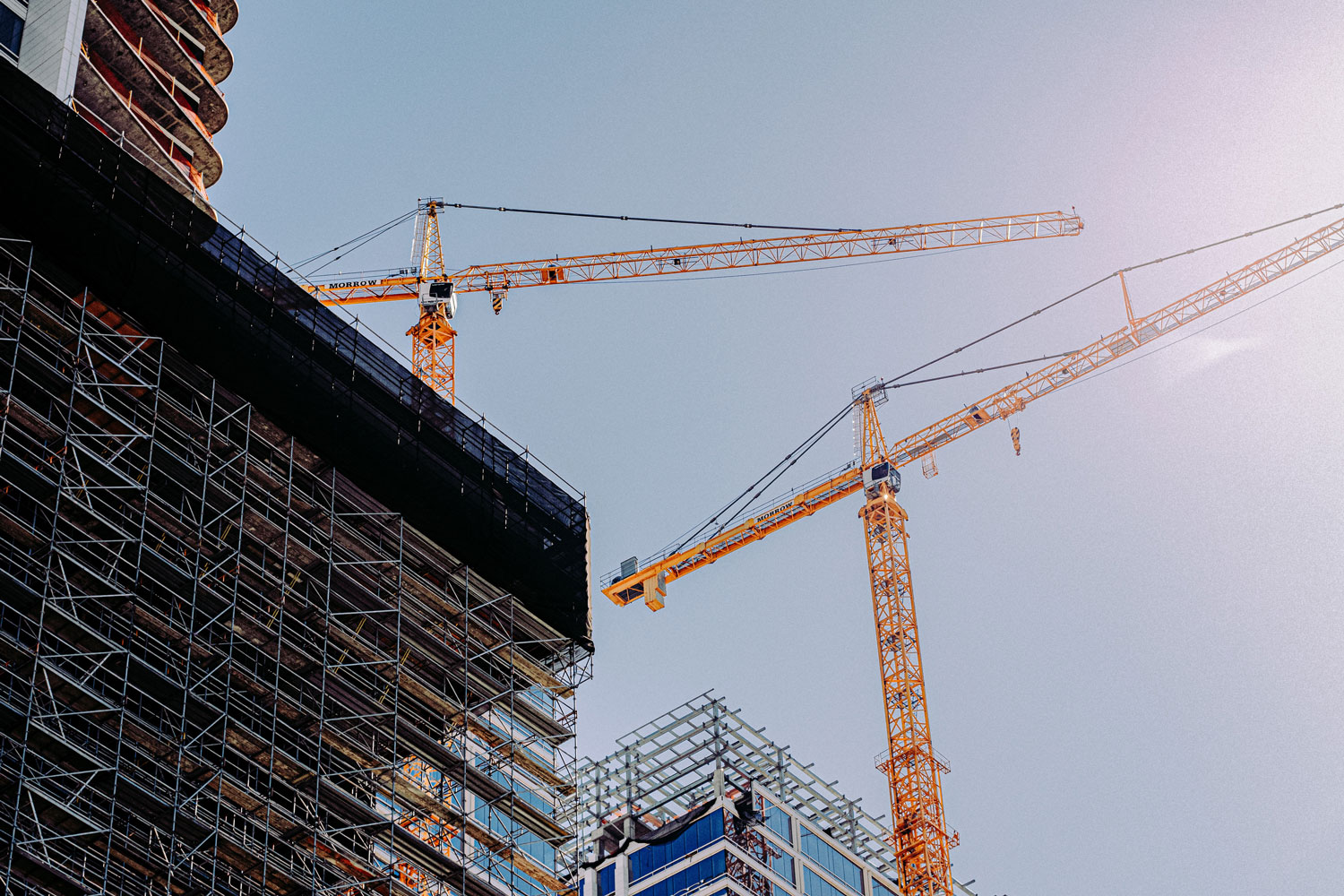The Building Safety Act 2022 (BSA), which will impact the built environment industry including qualifying commercial and residential buildings, is set to be fully implemented later this year. Here’s what you need to know.
As set out in our earlier article series, the BSA created a new regulatory regime and new regulatory bodies, including the Building Safety Regulator (BSR), with the intention of improving accountability, risk management and safety throughout the operating life of a building.
Highlights
Three “Gateways” will need to be certified for each development before proceeding to the next stage:
- Gateway 1 – planning application stage – this is currently in force;
- Gateway 2 – before building work starts all plans to be submitted to the BSR – coming into force in October this year;
- Gateway 3 – when building work is completed – this also comes into force in October 2023, at which point, occupation cannot take place until the Gateway 3 certificate is issued.
From October 1, the BSR becomes the new building control authority for High-rise Residential Buildings (HRB) and will be where developers must apply to for building control approval before commencing work on any HRB.
The Regulator of Construction Products will see the introduction of the “Golden Thread of Information” requirement this October with certain detailed building information needed to be made available and kept up-to-date – we recommend that developers start the process of collating information now.
The New Homes Ombudsman will introduce the requirement for mandatory registration and reporting by developers and housebuilders and will take on new duties under Construction Design Management (CDM) regulations from April 2024.
Key timeline
April 2023 - Registration for existing occupied HRBs opens.
October 2023 – The BSA is fully implemented. This means:
- new requirements are activated around construction products and mandatory occurrence reporting will commence;
- from this point onwards all new buildings must be registered prior to occupation and existing occupied HRBs will need to be registered;
- mandatory building inspector and building control approver registers open.
April 2024 – BSR will start to call in buildings for assessment and issue Building Assessment Certificates. Requirements relating to registration for building inspectors and building control approvers will also become enforceable. These dates, set out in more detail by the Government here, must be adhered to achieve compliance with not only the BSR but the Act itself.
Risks to residential owners and landlords
As well as those in the development industry, those involved in the purchase and sale of residential leasehold flats need to be aware of the Act’s impact.
Complexities are arising where buildings over 11m in height (or five storeys) where the lease was granted on or before 14 February 2022, with issues arising around practicalities of achieving the lender’s onerous requirements.
For residential buildings that qualify under the Act, lessees and owners should seek legal advice now to see if their lease falls within the provisions of the Act and, if so, what steps they need to take and to try to avoid issues (and unnecessary costs) when they sell.
We can expect standard construction contracts such as JCT/NEC to be updated to take into account the BSA requirements. Developers likely to build in the requirements to the project cost and risk analysis at procurement stage. Residential owners should check and obtain the necessary Certificates early on to try to avoid issues with future sales.
The Thrings Construction and Engineering team are well versed in advising those in the industry in navigating ever-changing regulation, with the Residential Property team highly experienced in supporting landlords and developers with property portfolios, investment and transactions. For more information, get in contact today.


